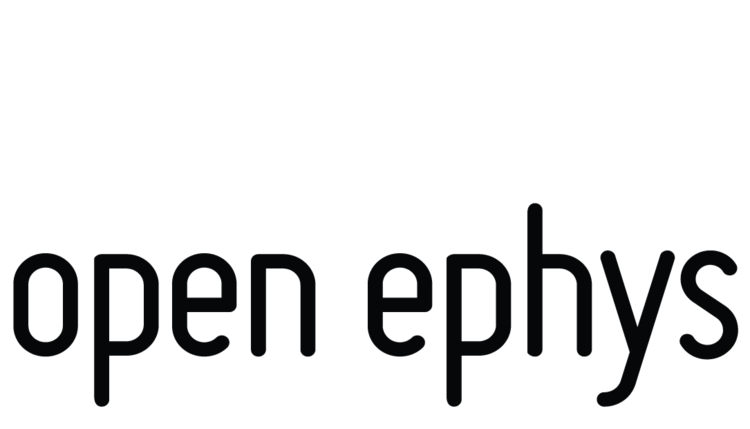One of the key advantages of the Open Ephys acquisition system is its prioritization of closed-loop feedback. Our software makes it easy to mix and match modules for acquiring data, detecting events, and sending triggers to external devices. The figure below depicts the configuration we've been using for our own experiments. In the middle, the histogram shows the amount of time elapsed between an event occurring and the feedback being delivered (measured for 1000 events). The delay is never more than 20 ms, and it's around 11 ms on average (white dotted line). This is short enough to facilitate a wide range of closed-loop experiments.
- Electrical potentials are generated by the brain and detected by an array of electrodes.
- Analog electrical signals are digitized by our headstage and sent to the acquisition board.
- The acquisition board packages samples into a buffer, synchronizes them with auxiliary digital and analog inputs, and sends them to a computer via USB.
- A dedicated module in our GUI unpacks the incoming data, converts it to floating-point values, and places it into a separate buffer for analysis.
- Another software module analyzes the incoming data stream and looks for specific types of events. These can be simple, first-order characteristics of a continuous signal, such as phase or amplitude, or more complex features that are matched to a template. Other modules could be created to analyze the attributes of spike activity, such as multiunit firing rate or decoded sequences. When the event is detected, this module generates a signal that's passed to all the modules farther down the signal chain.
- In the final step in the software processing, we have a module that communicates with a Pulse Pal, an open-source stimulator designed by Josh Sanders in the Kepecs Lab at CSHL. This module receives the signal sent by the event generator and triggers the Pulse Pal via USB.
- The Pulse Pal is pre-programmed to generate pulses of a precise frequency and duration. Any of its four output channels can be triggered independently via software.
- A Plexon PlexBright LED is activated by the Pulse Pal, generating a brief pulse of light that activates channelrhodopsin in the brain.
At every step of the way, it's possible to swap out the hardware or software modules for ones with different functionality. For example, someone proficient in C++ could write a module in Step 4 that communicates with National Instruments hardware. The module in Step 6 could be programmed to deliver feedback via an Arduino. Feedback can also come directly from the Open Ephys acquisition board. The hardware in Step 8 could be a laser, a current source, or a mechanical actuator. Right now, the range of available software modules is limited. As more labs start using our system, we hope they will help us extend its functionality by contributing modules with new capabilities.

